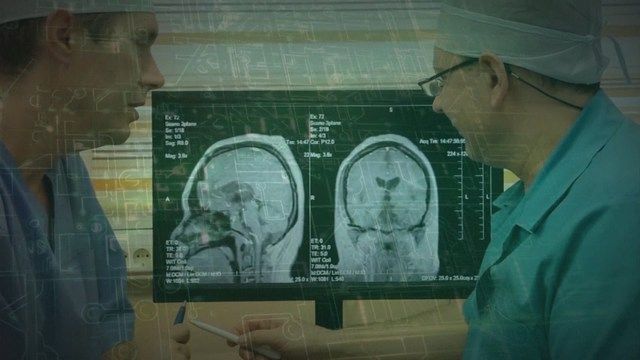Another beautiful use for VR.
Brain-machine interfaces and exoskeletons, combined with VR technology triggers partial recovery in 8 patients.
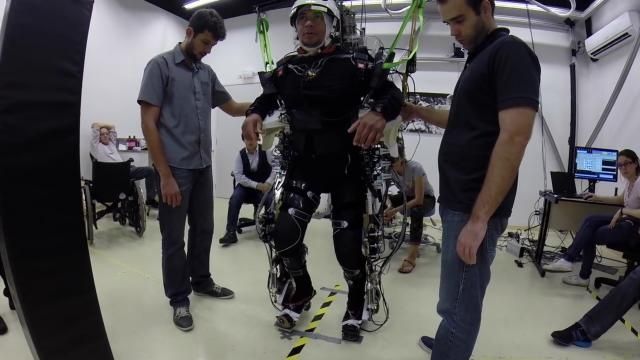
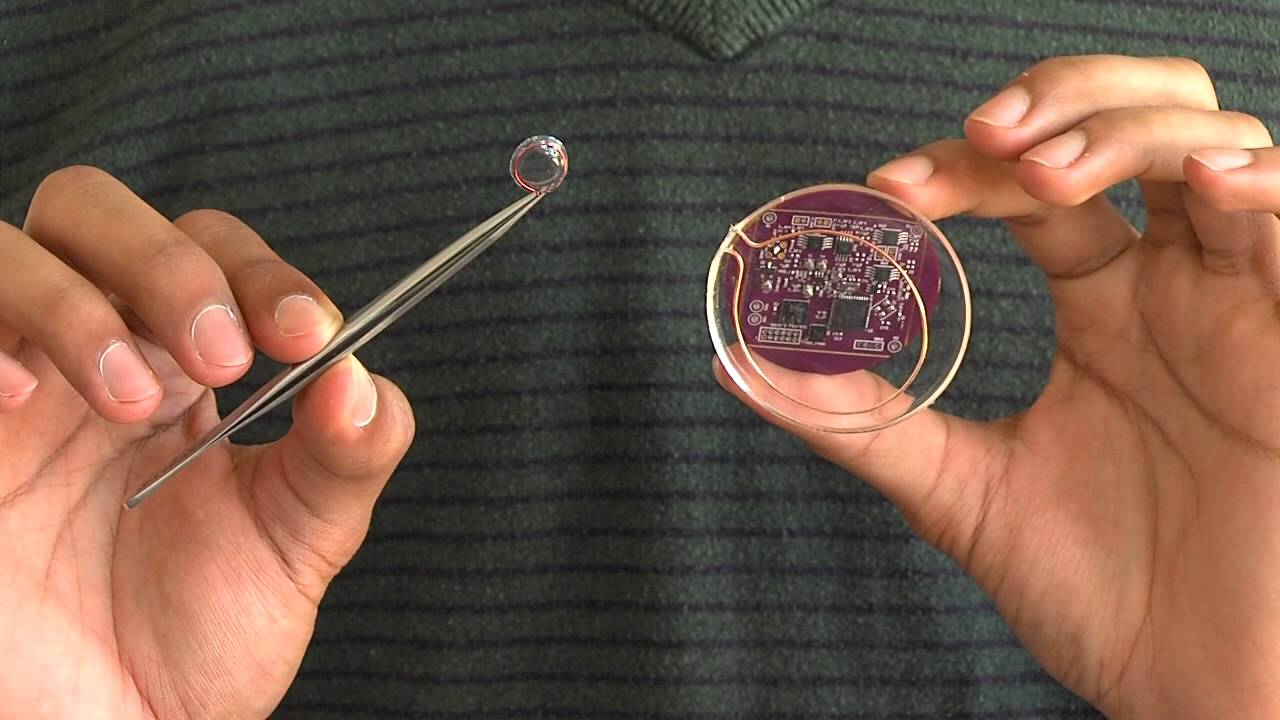

Ray believes we’re becoming gods.
People tend to ask Ray Kurzweil all manner of questions about technology and the future. But they also want to know about his own personal philosophy. In one session last summer, a questioner asked Kurzweil if he believes in God. Of course, many of us struggle with the question, he replied, and to him, it’s not unambiguous.
There’s variability in how we describe God, but he thinks there are some commonalities. Shared traits include creativity, love, and intelligence—attributes we tend to also value in conscious beings. To Kurzweil, consciousness is the ultimate measure of spirituality. Much of our morality is based on whether an entity is conscious or not (even though it’s still hard to define).
“Everyone with very few outliers believes in the sacredness of a conscious person, and in fact, non-conscious things, like a machine or a diamond, are only important in so far as they affect the conscious experience of conscious beings.”
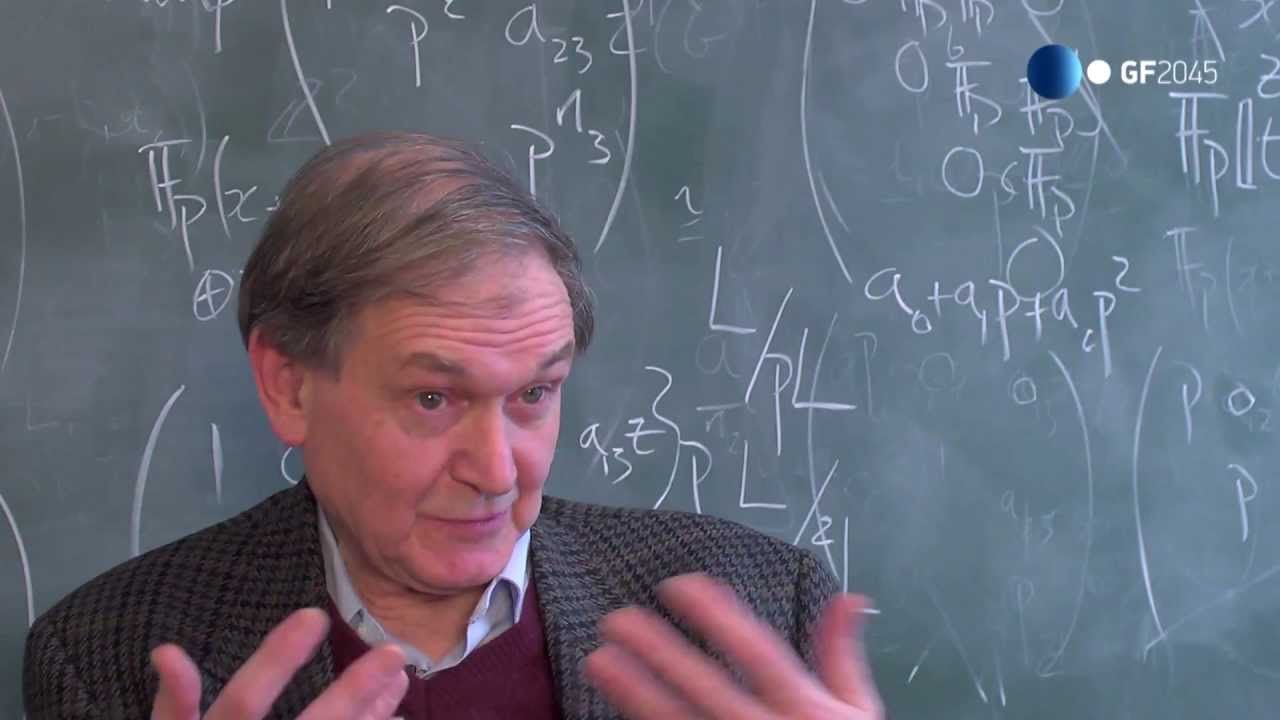
The human brain has Quantum consciousness according to China. Why a cogitative thinking system that truly mimics the human brain will require QC.
Chinese scientists have proposed a new theory that explains why humans are so much more intelligent than animals even though our brains are often much smaller than those of other species. Researchers at the Wuhan Institute of Neuroscience and Neuro-engineering have previously carried out studies backing the theory that the brain not only processes and passes on information not only through electrical and chemical signals, but also with photons of light.
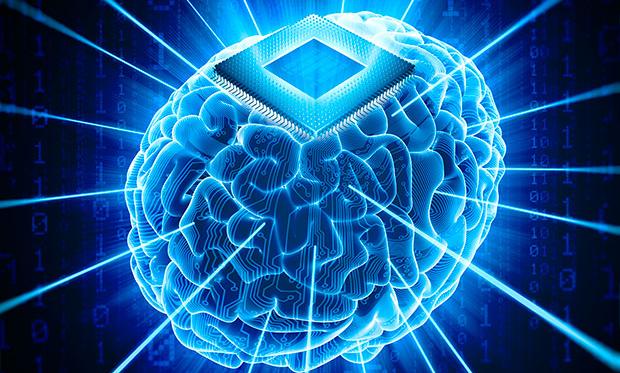
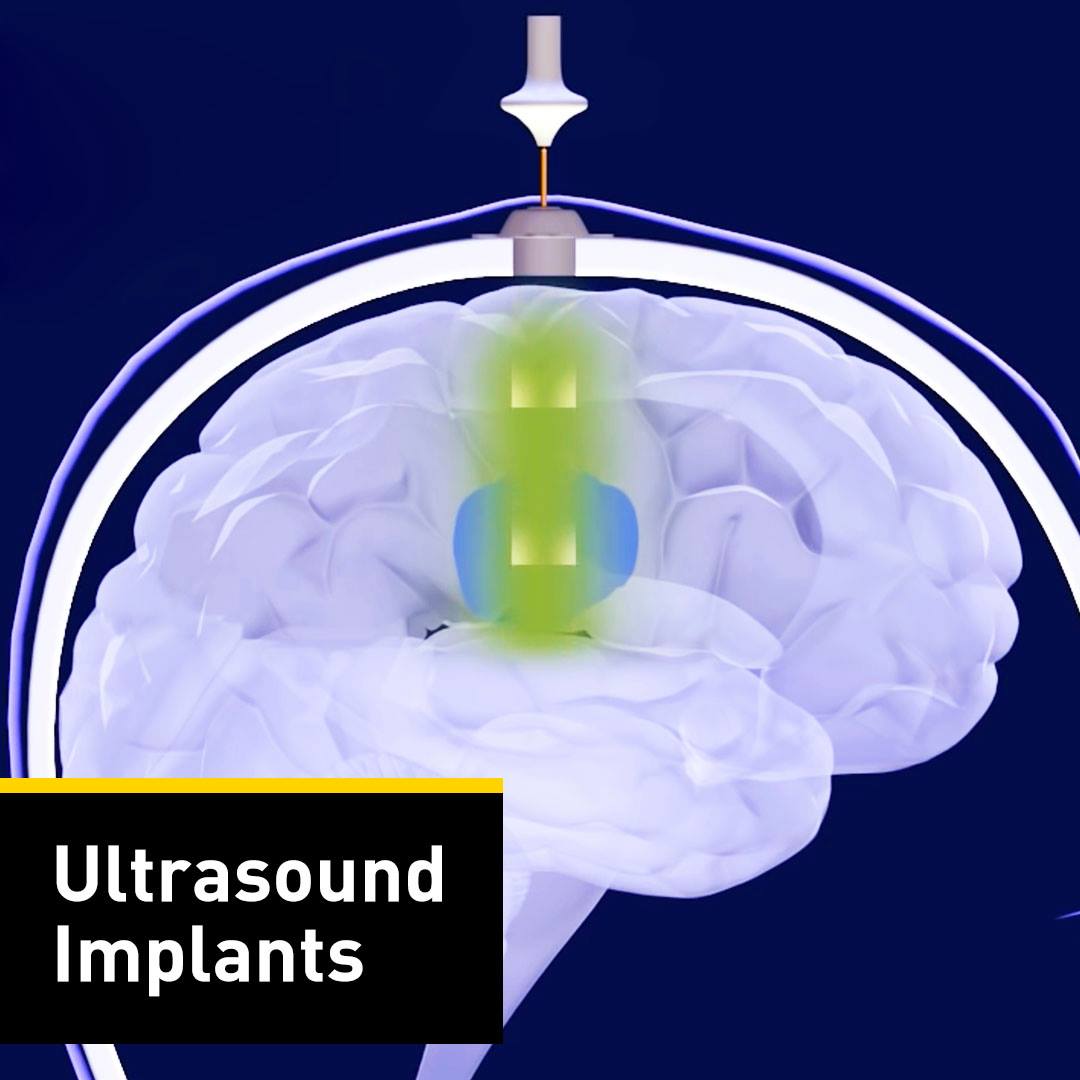

Watson joins China’s research team.
China’s Hangzhou Cognitive Care has teamed up with IBM to bring Watson super computer to 21 hospitals in the country.
Singapore: In a bid to intensify its fight against cancer, China’s Hangzhou Cognitive Care has teamed up with IBM to bring Watson super computer to 21 hospitals in the country. The super computer is all set to play a crucial role in a new multi-year program being unveiled in China. This is IBM’s first partnership in China’s healthcare sector.
IBM said, in a statement that this particular computing platform specializes in synthesizing tremendous amounts of data in order to provide physicians with a summary of patient records and numerous pieces of medical literature to help find the best individualized treatments for certain patients.

Nice paper on Neural Circuit structures.
Plasticity between neural connections plays a key role in our ability to process and store information. One of the fundamental questions on plasticity, is the extent to which local processes, affecting individual synapses, are responsible for large scale structures of neural connectivity. Here we focus on two types of structures: synfire chains and self connected assemblies. These structures are often proposed as forms of neural connectivity that can support brain functions such as memory and generation of motor activity. We show that an important plasticity mechanism, spike timing dependent plasticity, can lead to autonomous emergence of these large scale structures in the brain: in contrast to previous theoretical proposals, we show that the emergence can occur autonomously even if instructive signals are not fed into the neural network while its form is shaped by synaptic plasticity.
Citation: Ravid Tannenbaum N, Burak Y (2016) Shaping Neural Circuits by High Order Synaptic Interactions. PLoS Comput Biol 12: e1005056. doi:10.1371/journal.pcbi.1005056
Editor: Peter E. Latham, UCL, UNITED KINGDOM
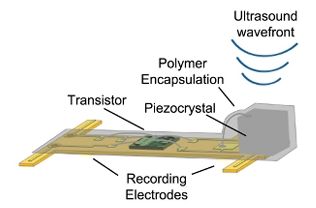
Researchers have developed a wireless device small enough to be implanted in individual nerves, and capable of detecting the electrical activity of nerves and muscles deep within the body, according to DARPA, which funded the work.
The millimeter-scale sensor and external ultrasonic transceiver that powers the implant and communicates with it is called a “neural dust” system. The team, led by the University of California, Berkeley’s Department of Electrical Engineering and Computer Sciences, completed the first in vivo tests of this technology in rodents and reported them in the journal Neuron.
The sensor can be implanted into either a nerve or muscle, and consists of a piezoelectric crystal, a single custom transistor, and a pair of recording electrodes. The system reported both electroneurogram (ENG) recordings from the sciatic nerve and electromyographic (EMG) recordings from the gastrocnemius muscle, according to the journal article.
